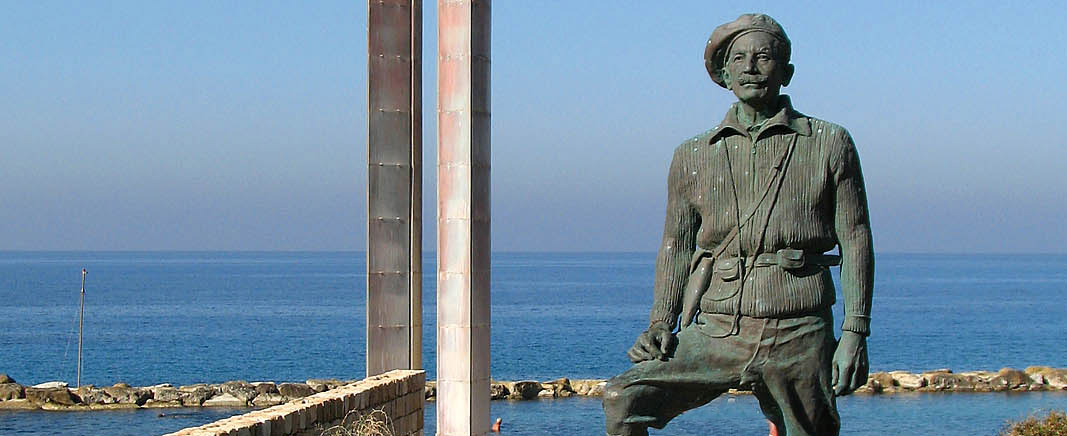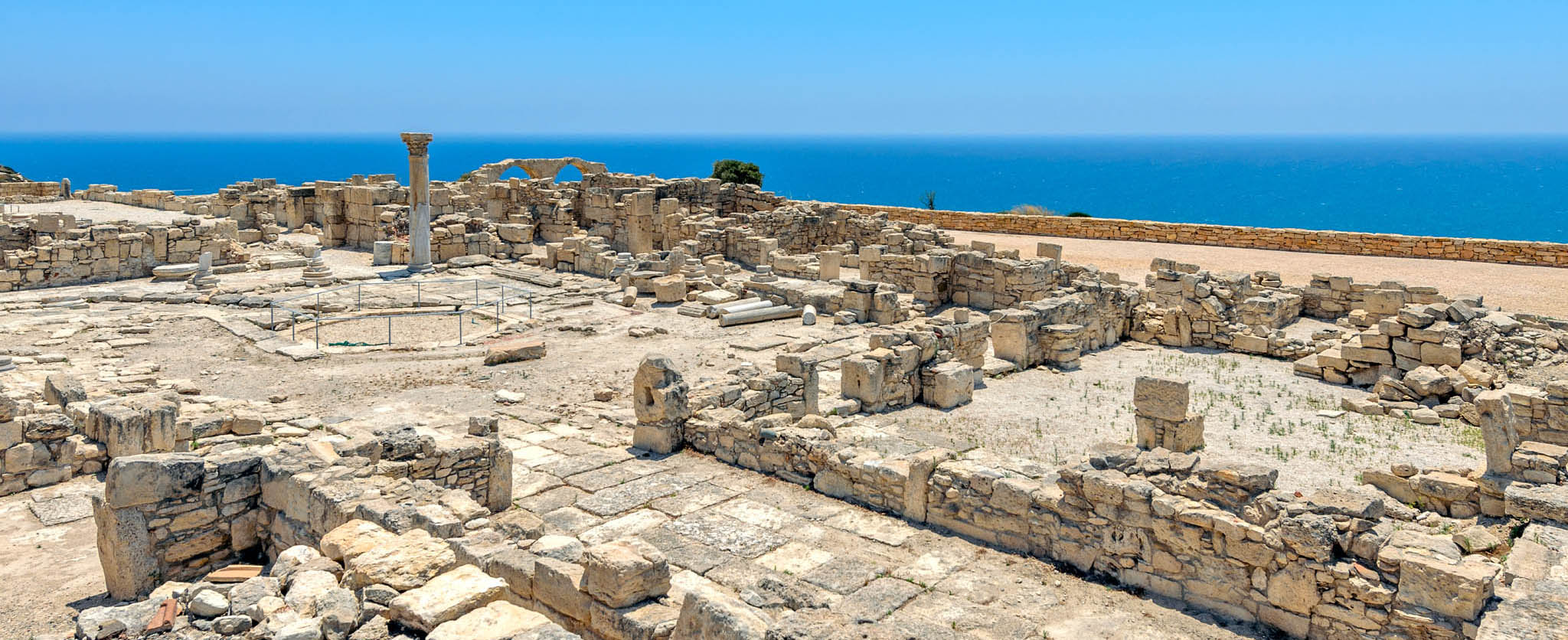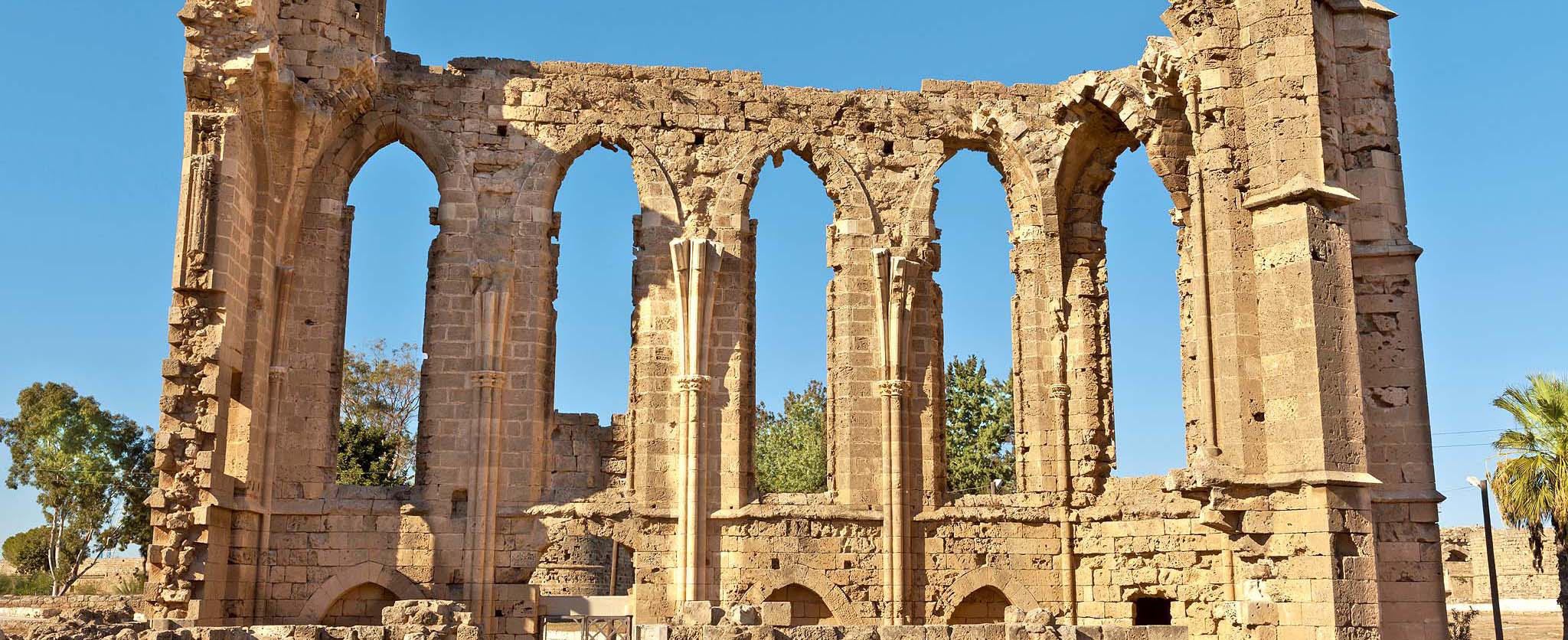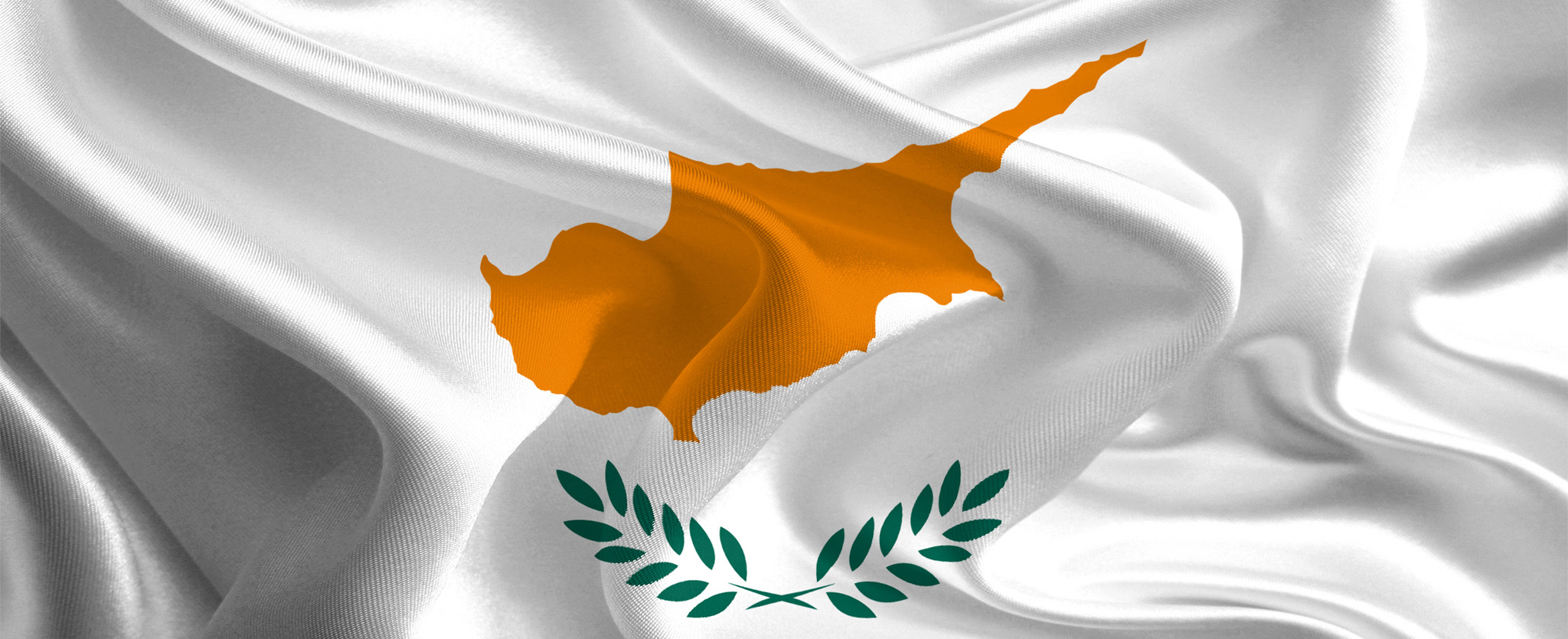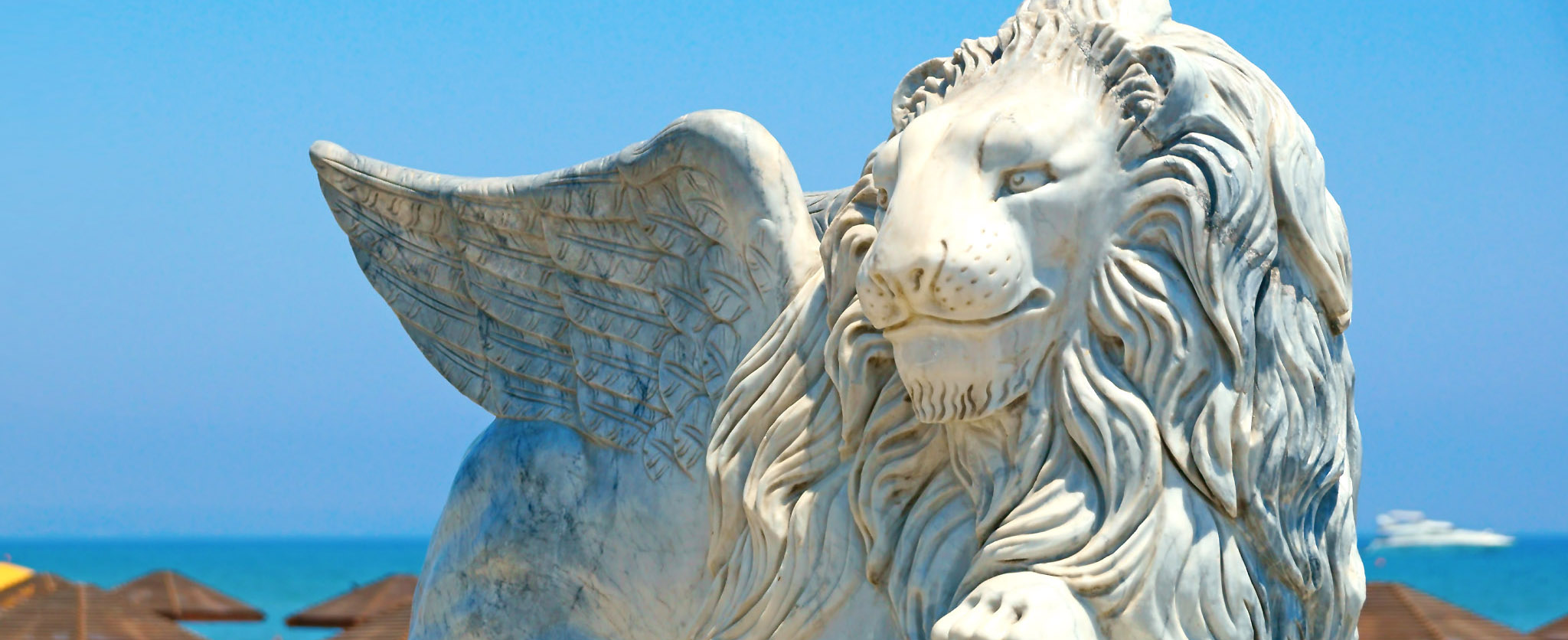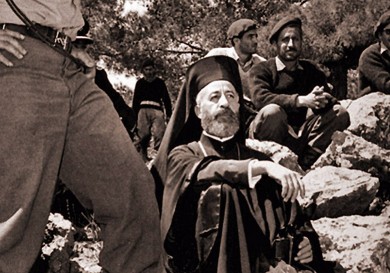Part I
The US Army did not remain aloof from what was happening and almost immediately started to build up its presence in the region. On 15th July, immediately after the coup in Cyprus, the aircraft carrier “America”, which was stationed in the Spanish port of Rota, was ordered to proceed to the western part of the island of Cyprus. The carriers “Independence” and “Forrestal” also followed there.
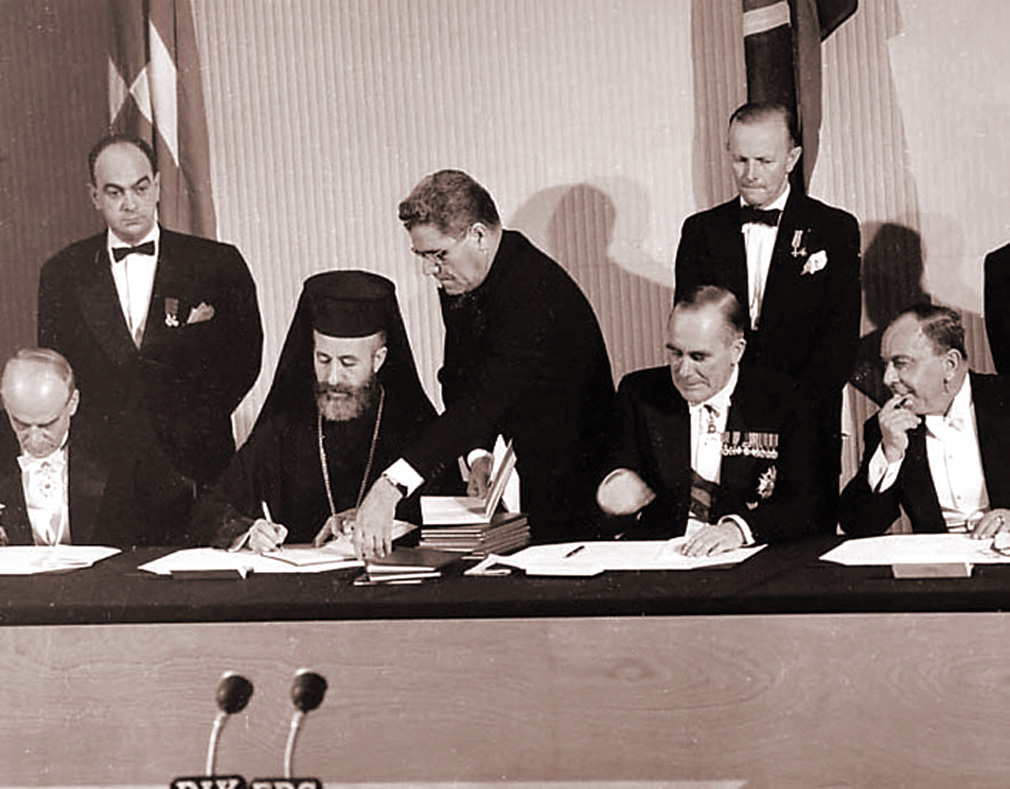 On 17th of July, President Makarios and the Turkish prime minister arrived in London to meet with British Prime Minister Harold Wilson. But the meeting did not lead to the desired result: the United Kingdom and the United States did not want to interfere in the conflict. Turkey offered to suppress the UK Cypriot rebellion and restore the constitutional government headed by President Makarios, but the British refused. The British promised only to prevent the Greeks to provide any assistance to the rebels. To accomplish this, on 16th July in the area of conflict toward the British aircraft carrier “Hermes”, a detachment of Marines on board (commandos), landed on 20th July in Larnaca. Their task was to rescue the Cypriot refugees.
On 17th of July, President Makarios and the Turkish prime minister arrived in London to meet with British Prime Minister Harold Wilson. But the meeting did not lead to the desired result: the United Kingdom and the United States did not want to interfere in the conflict. Turkey offered to suppress the UK Cypriot rebellion and restore the constitutional government headed by President Makarios, but the British refused. The British promised only to prevent the Greeks to provide any assistance to the rebels. To accomplish this, on 16th July in the area of conflict toward the British aircraft carrier “Hermes”, a detachment of Marines on board (commandos), landed on 20th July in Larnaca. Their task was to rescue the Cypriot refugees.
On July 19th the President of Cyprus Makarios arrived in New York, where he spoke at the UN. In his statement he said that the Greek military regime was a coup and the Republic of Cyprus is on the verge of civil war.
Meanwhile, under the pretext of protecting the Turkish community of the island, Turkey decided to allow a single strike for the old problem of control over Cyprus. Intense fighting took place for exactly four days, from the 20th to 23rd of July.
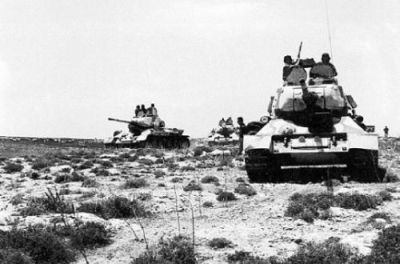 On Tuesday, 23rd of July, under pressure from the international community, active hostilities ceased and a truce was announced.
On Tuesday, 23rd of July, under pressure from the international community, active hostilities ceased and a truce was announced.
This local conflict had certain political results. The failure of the rebellion in Cyprus led to the discrediting of the Greek military junta, and the evening of 23rd July,the power in Greece came to civilians. The government was headed by the former Prime Minister Constantine Karamanlis, who returned from exile. At the same time, negotiations continued in Geneva between Britain, Greece and Turkey, with the participation of the USSR and the USA. This attempt to solve the Cyprus question within the UN failed because of the demands of the Turkish side to allocate 34% of the island for the establishment of the State of the Turkish Cypriots.
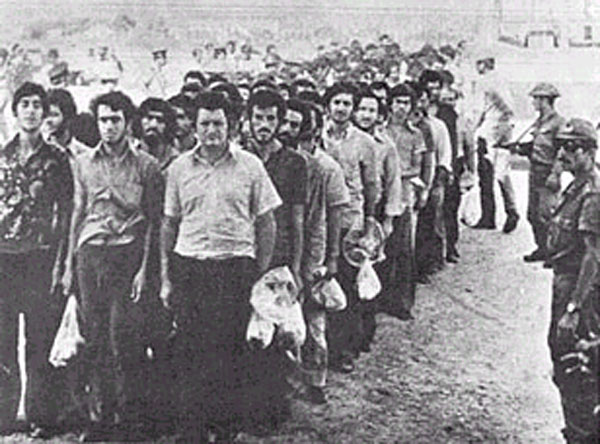 On 24th of July, Soviet citizens were evacuated from Cyprus. Although the situation on the island was beginning to stabilize, the Turks continued the redeployment of their military forces in Cyprus. And by the end of July, the military strength of the Turkish contingent was 25 thousand and 200 armored vehicles.
On 24th of July, Soviet citizens were evacuated from Cyprus. Although the situation on the island was beginning to stabilize, the Turks continued the redeployment of their military forces in Cyprus. And by the end of July, the military strength of the Turkish contingent was 25 thousand and 200 armored vehicles.
The 2nd Conference on Cyprus, which began on 10th August in Geneva, ended inconclusively, and on 14th of August fighting resumed. At 08:00 am the Turks began to bomb the capital of Cyprus and the international airport. From the sea of Famagusta which came under fired, the Turks began to advance from the bridgehead in Kerinia on the way to Nicosia and Famagusta and further. The Turks moved quickly, without encountering strong resistance. They seized the international airport near Nicosia and within 2 days the Turkish government of Cyprus established the boundary between the two sides (the “Attila” Line). At the same time they were able to establish control over the port of Famausta, Morphou and Kerinia.
On 17th August, the Cypriot government claimed that the Turkish troops occupied about 40% of the island. About 200 thousand Greek Cypriots were displaced from their homes in northern Cyprus. More than a thousand of them are still unaccounted for. Already after the 18th August the hostilities on the island ceased.
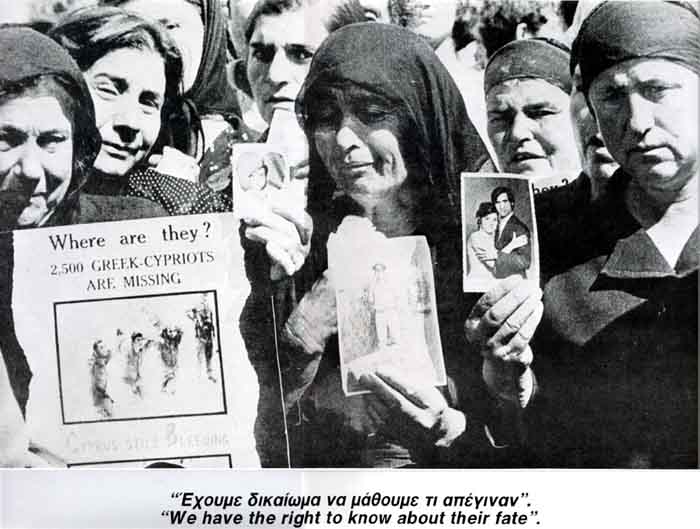 On 2nd of February 1975 the leadership of the Turkish community of the island unilaterally announced a new state formation in the north of the island.
On 2nd of February 1975 the leadership of the Turkish community of the island unilaterally announced a new state formation in the north of the island.
Today the occupied territory covers the Turkish Republic of Northern Cyprus, recognized only by Turkey and the Autonomous Republic of Nakhichevan. Over the past years since 1974, several attempts have been made to solve the problem of Northern Cyprus, but each time the talks proved fruitless: the Turks insist on the recognition of the independent state of the TRNC, the Greek Cypriots are reminded of their property left on the occupied territory.




